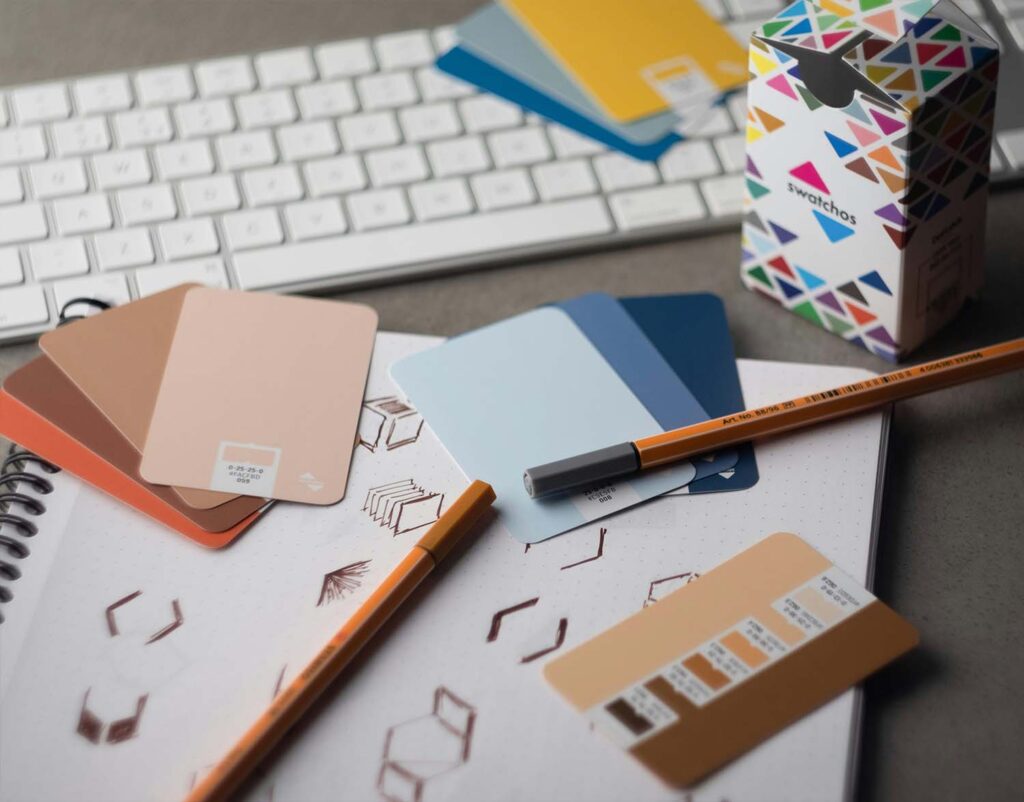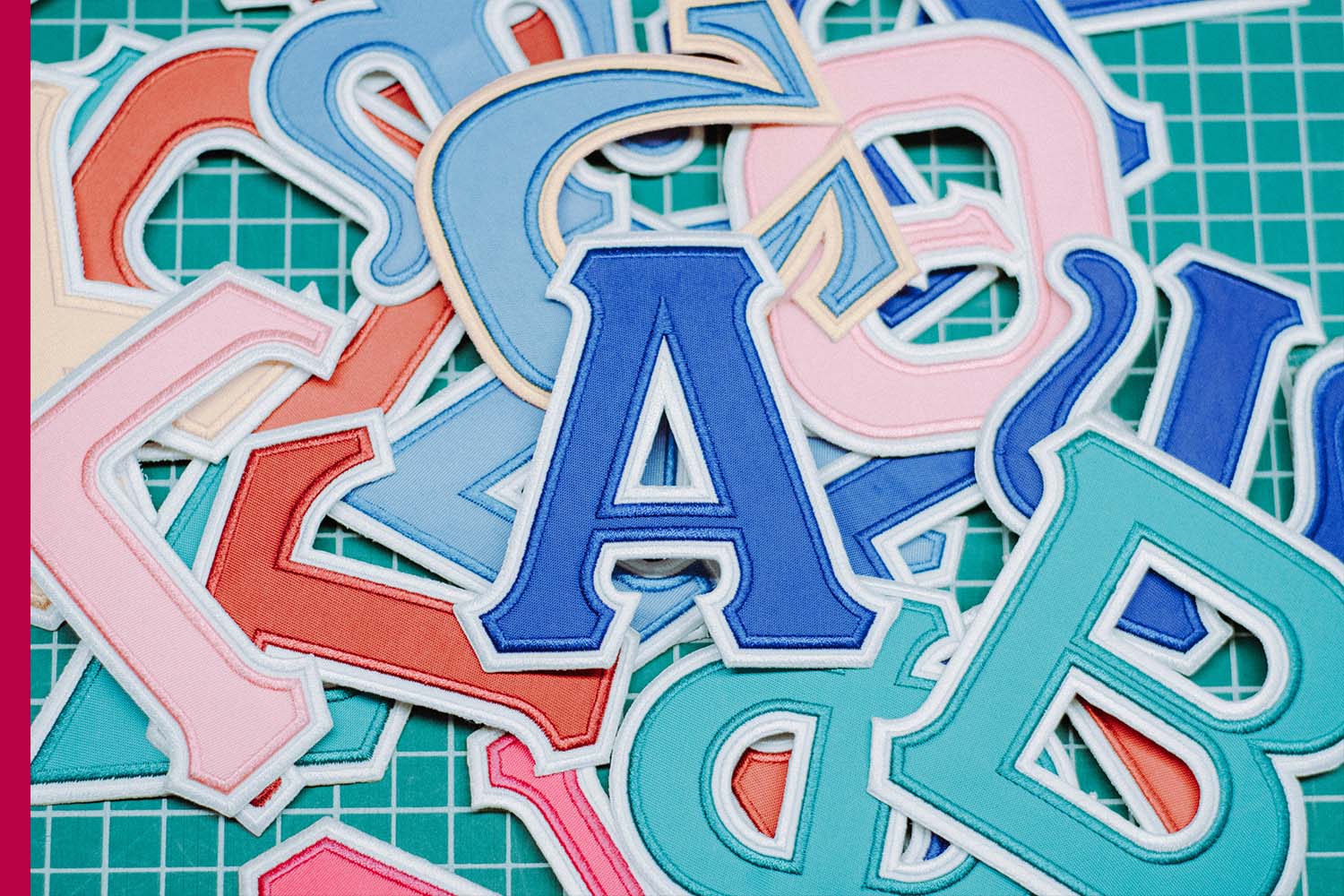In today’s visually driven world, graphic design has become more than just a creative skill — it’s a universal language that connects brands with people. Every logo, poster, website, or advertisement we see is the result of thoughtful design. Graphic design combines art and technology to communicate ideas, evoke emotions, and inspire action. It is not just about creating something beautiful, but about solving problems visually and strategically.
The field of graphic design has evolved tremendously over the decades. From traditional print layouts to digital interfaces, it has adapted to every wave of technological advancement and cultural change. As businesses move online and digital content dominates every platform, the demand for skilled graphic designers is higher than ever before.
At its core, graphic design is the process of visual communication using elements such as typography, color, imagery, and layout. It brings together creativity and logic to create designs that inform, engage, and persuade audiences. Designers work across a wide range of mediums — from print materials like brochures and packaging to digital platforms such as websites, social media, and mobile apps.
A successful design does more than look appealing — it tells a story. Whether it’s a logo that captures a brand’s essence, a poster that grabs attention, or a website that enhances user experience, graphic design shapes the way people perceive messages and brands.
Graphic design has come a long way since the days of hand-drawn illustrations and printing presses. The arrival of computers and software like Adobe Photoshop, Illustrator, and CorelDRAW revolutionized the industry. These tools allowed designers to experiment freely with layouts, colors, and typography, pushing creativity to new heights.

Today, design has gone far beyond print. The digital revolution has opened endless opportunities — from web and app design to motion graphics and 3D visualization. The rise of social media has also transformed how designs are created and consumed. Every brand now competes for attention in a fast-scrolling world, where visuals must speak louder and faster than words.
Moreover, the introduction of tools like Canva, Figma, and Adobe XD has democratized design, allowing even non-designers to explore creativity. However, true graphic design goes much deeper than templates — it involves understanding audience psychology, brand identity, and design principles like balance, contrast, hierarchy, and alignment.
Graphic designers are visual storytellers. They combine artistic talent with strategic thinking to turn abstract concepts into meaningful visuals. Their work influences how we interact with the world every day — from the logo on your phone’s screen to the packaging of your favorite product.
Designers often collaborate closely with marketing teams, web developers, and content creators to maintain brand consistency and enhance visual impact. Their role requires not only technical skill but also strong communication, creativity, and adaptability. In essence, a graphic designer translates ideas into visuals that people can instantly understand and connect with.










